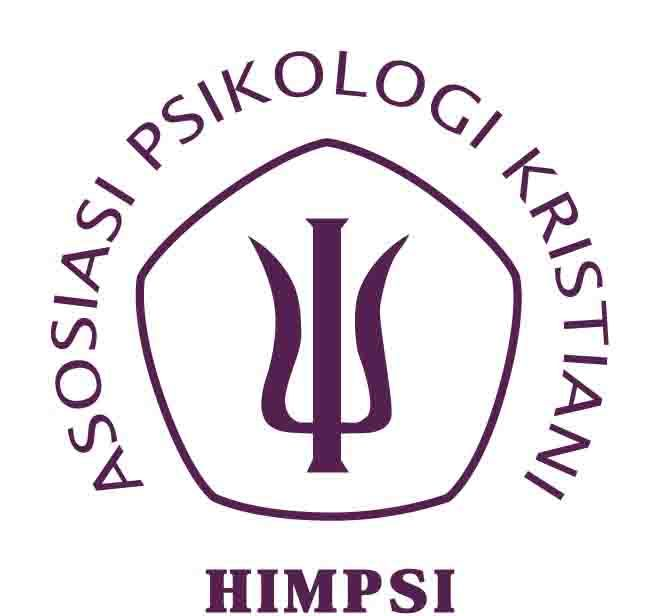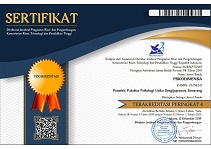Influence of Aggression Management Program in Reducing Aggressive Behavior of Filipino Children in Conflict with the Law
Abstract
Keywords
Full Text:
PDFReferences
Adams, G. R., & Gullota, T. P. (2005). Handbook of adolescent behavioural problems. Evidence-based approaches to prevention and treatment. NY, USA: Springer.
Alampay, L. P. (2006). Risk factors and causal processes in juvenile delinquency: Research and implications for prevention. Philippine Journal of Psychology, 39 (1), 195-228.
Alampay, L.P., De La Cruz, A. S., & Liwag, C. D. (2009). Risk-taking among Filipino adolescents: A review with implications for research. Philippine Journal of Psychology.
Bank, L.; Marlowe, J. H.; Reid, J. B., Patterson, G. R., & Weinrott, M. R. (1991). A comparative evaluation of parent-training intervention for families of chronic delinquents. Journal of Abnormal Psychology. 19 (1), 15-33.
Beck, A. T., & Fernandez, A. (1989). A cognitive therapy of personality disorder. New York: Guilford Press.
Buss, A. H., & Warren, W. L. (2008). Aggression questionnaire manual. US: Western Psychological Services.
Corado, M.A. (2004). Cognitive/behavioral modification program for aggressive children in conflict with the law. (Unpublished doctoral dissertation) University of Sto. Tomas, Manila, Philippines.
Cothern, L., Lipsey, M. W., & Wilson, D.B. (2000). Effective intervention for serious juvenile offenders. Juvenile Justice Bulletin.
Escamilla A. G. (1998). A cognitive approach to anger management for juvenile offenders. Journal of Offender Rehabilitation. 27: 199-208.
Farrington, D. P., & Welsh, B. C. (2007). Saving Children from a life of crime. Early risk factors and effective interventions. New York: Oxford University Press.
Goldstein, N. E., Dovido A., Kalbeitzer, R, Weil J., & Strachan, M. (2007). Anger management for female juvenile offenders: Results of a pilot study. Journal of Forensic Psychology Practice. 7(2):2-28.
Hughes GV. (1993). Anger Management Program Outcomes. Research on Programming Issues, 5, 5-9.
Hunter D. (1993). Anger Management in Prison: An Evaluation: Research on Offender Programming issues, 5, 3-5.
Ireland, J.L. (2004). Anger management therapy with male offenders: An evaluation of treatment outcome. Aggressive Behavior, 30, 174-185.
Larson, J. D., Calamari, J. E., West, J. G., & Frevert, T. A. (1998). Aggression management with disruptive adolescents in the residential setting: Integration of a cognitive-behavioral components. Residential Treatment for Children and Youth. 15(4), 1-9.
McBurney, D.H. (2001). Research methods. CA. USA: Wadsworth/Thomson Learning, Inc.
Mosquito, J.R. (2009). Handling child in conflict with the law (RA 9344): Roles of the barangay and SK. Quezon City, Philippines: Central Book Supply. National Youth Violence Prevention Resource Center
Owen, T., & Fox, S. (2011). Experience of shame and empathy in violent and non-violent offenders. The Journal of Forensic Psychiatry and Psychology, Vol. 12, No. 4, p 551- 563.
Owen, J., Quirk, K., & Hilsenroth, M. (2012). Working through: In-session processes that promote between-session thoughts and activities. Journal of Counseling Psychology, 59(1), 161-167.
Schumacher, M., & Kurz, G. (2000). The 8% solution: Preventing serious, repeat juvenile crime. USA: Sage.
Sedrpoushan, N., Navabijeja, S., Shafiabady, A., & Iravani, M. R. (2012). A comparative study of the impact of emotional focused therapy and stress inoculation training on reduction of anger in delinquent adolescents. Journal of Basic and Applied Scientific Research. 2(6), 5604-5615.
Smith, D. C., Larson, J. D., Debaryshe, B., & Salzman, M. (2000). Anger management for youths: What works and for whom? In D. S. Sandhi (Ed.). Violence in American Schools: A Practical Guide for Counselors, 271-230.
Templa, M.A, Pacaba, M.T., Sarabia, D. G., Montebon, M., Balofinos, A., Tutor, E., Mella, C. F., & Tornio, S. (2004). Understanding children in conflict with the law: Contradictions in victimization, survivor behaviour, and the Philippine justice system, a study of the situation of children in conflict with the law in Davao.Save the Children-UK.
Towl G. J., & Dexter, P. (1994). Anger management group work with prisoners: An empirical evaluation. Groupwork, 7, 256-269.
Towl G. J. (1994). Stanko E. (Ed.). Anger control groupwork in prisons. Perspective on violence. Howard Leaue handbooks, I. London: Quarter Books.
DOI: https://doi.org/10.24167/psidim.v19i2.2545
Print ISSN : 1411-6073 | online ISSN : 2579-6321 View My Stats

This work is licensed under a Creative Commons Attribution 4.0 International License.





















